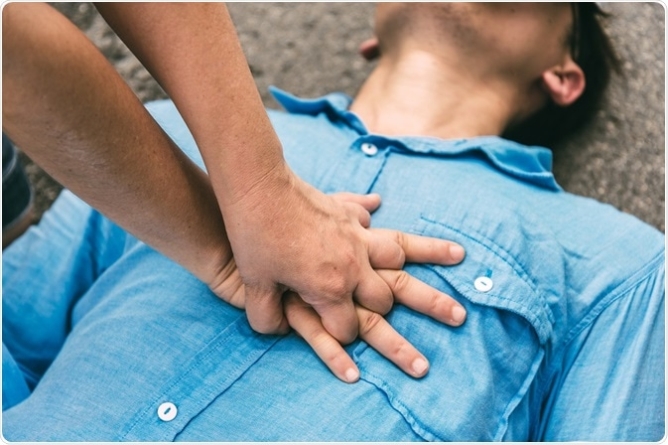text to speech
CPR (CARDIO-PULMONARY RESUSCITATION)
CPR is a first aid procedure typically used during cardiac and or pulmonary arrest. It involves external compression of the chest wall alternating with artificial respiration intervention. CPR is aimed at re-starting the heartbeat and respiratory function in a victim of cardio-pulmonary arrest. CPR is intended for short-term assistance until the victim may be safely transported to an accident & emergency unit. It works by keeping a person’s blood flowing until healthcare professionals can help them. When a person initiates CPR immediately after heart stops breathing, CPR can double or even triple the chances of them surviving. People without first aid training can still save a life by using the CPR steps.
A person might need CPR if they stop breathing in any of the following circumstances:
- cardiac arrest or heart attack
- choking
- a road traffic accident
- near-drowning
- suffocation
- poisoning
- a drug or alcohol over-dose
- smoke inhalation
- electrocution
- suspected sudden infant death syndrome
Note: Only perform CPR if the adult is not breathing, or in children, an infant, when they are not breathing normally and their blood is not circulating. This is why it is important to ensure that the person does not respond to verbal or physical calls to attention before starting the CPR process.
CPR Instructions
- Make sure the person is lying flat on their back and on a firm surface.
- Put the heel (base) of your hand at the center of the person’s chest. Place your other hand on top of it, interlacing your fingers.
- Make sure your shoulders are directly above your hands and that your arms are straight
- Using the weight of your body, deliver chest compressions. These should compress the chest at least 2 inches and should be given quickly and steadily, at a rate of at least 100 compressions per minute.
- After 30 chest compressions, open the airway by gently tilting the person’s head back and their chin up.
- Pinch the person’s nostrils shut, placing your mouth over theirs to form a complete seal.
- Give a rescue breath by blowing steadily into the person’s mouth. If the person’s chest rises, give a second rescue breath. If it doesn’t perform the airway opening step again, and then give a second rescue breath.
- Deliver another 30 chest compressions followed by two rescue breaths, repeating until help arrives.













Recent Comments